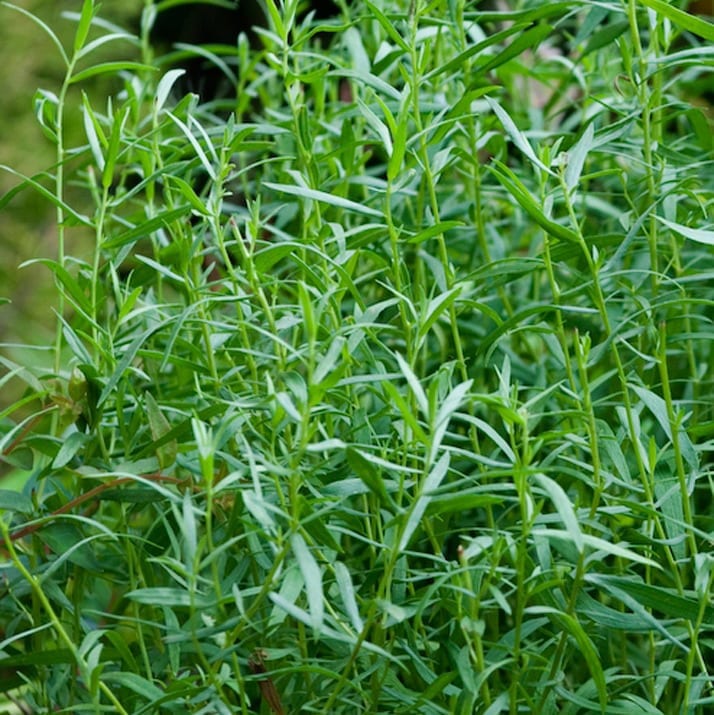| Maturity (days) | Perennial |
|---|---|
| Plant height (cm) | 60-90 |
| Spreading (cm) | 30-45 |
| Formulation | Untreated |
Tarragon Russian
Tarragon Russian
3.79$
In stock
Tarragon Russian has been added to cart
Buy 3 and get a 10% discount
Dark green leaves on the top, lighter underneath, narrow and slightly pointed. Various culinary uses.
Cultivation mode
Plantation : Indoor: sow your seeds in April directly in a container. Water regularly until emergence. It takes about 21 days for the tarragon to emerge. Outdoor: sow them in the garden at the end of May.
Soil : Indoor: A well-drained, porous seedling soil is ideal for preventing overwatering. Outdoor: Tarragon likes light, cool and dry soils. For container culture, do not hesitate to add sand to a classic outdoor potting soil.
Spacing : space the rows 20 cm a part. When the plants have 4 to 5 leaves thin the seedlings to 20 cm to allow the plants to develop.
Cultural practices : pinch young plants to encourage them to branch and relieve them of their inflorescences. Take the branches gradually, but do not cut back drastically on a growing subject. Renew the tufts every three years by cuttings, because their leaves otherwise lose their flavor. Water preferably during the day, as these plants are sensitive to excess humidity.Before winter, do not cut back the tarragon clumps, as the dry the stems will act as mulch and protect the roots of the plant.
Harvest : harvest the leafy twigs or leaves, they can be used in cooking for the famous Béarnaise sauce or to stuff a chicken, for example, but also to flavour “house” vinegars. Their refined flavour (half mint, half anise) is also an aperitif. For storage, prepare a mince of tarragon leaves mix it with water and put it in a ice cube trays or freeze the twigs whole. Cut the plant before flowering and dry them in the shade. Detach the leaves and reduce them to powder. Pour the powder into an airtight container, stored in a dry place and protected from light.
| Latin name |
Artemisia dracunculus |
|---|---|
| Companion plants |
eggplant |
| Rival plants |
artichoke, endive |

